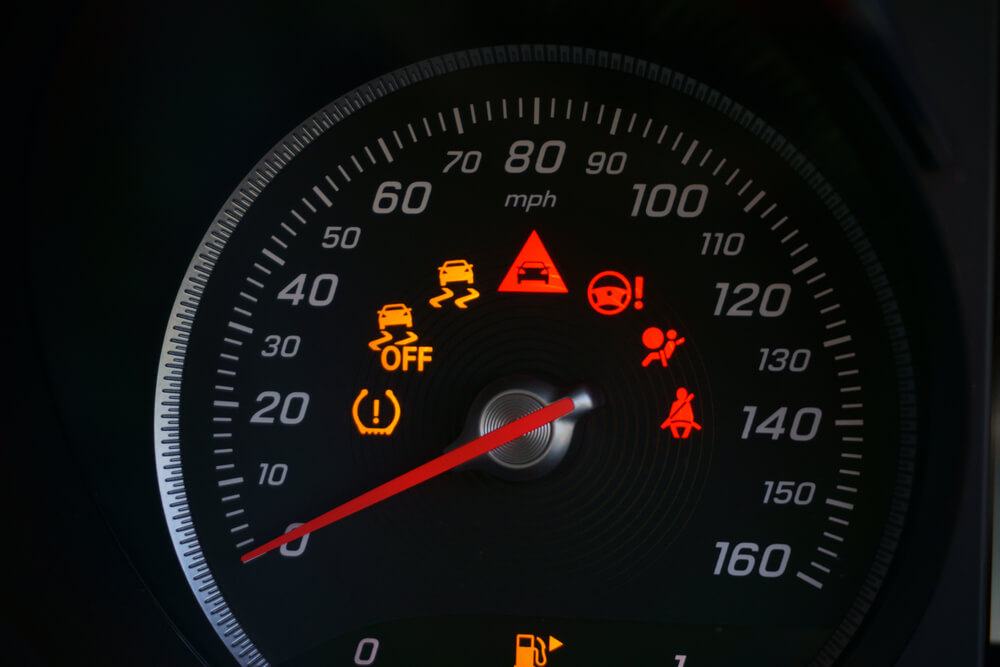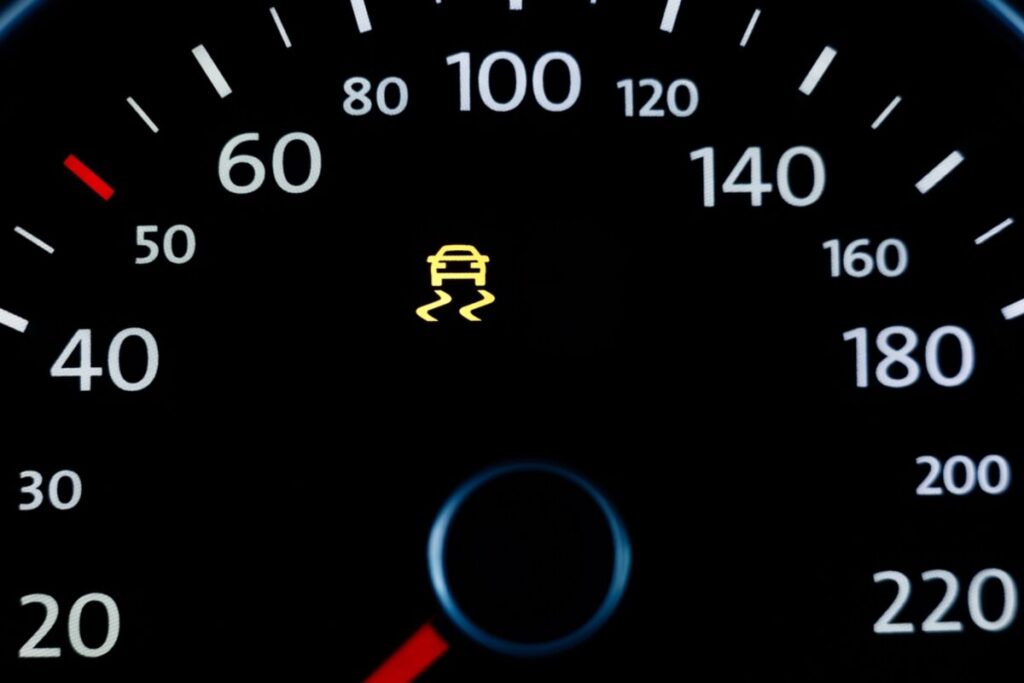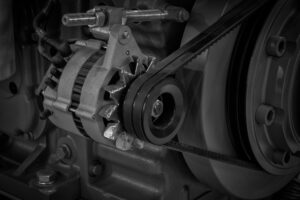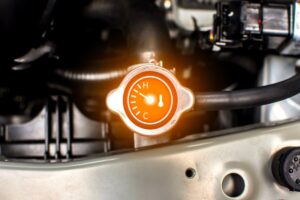You’re driving down the highway when you notice a light on your dashboard—a small symbol depicting a car with squiggly lines underneath. This is the Nissan traction control light, a feature designed to keep you safe. But what exactly does it mean when this light comes on, and what should you do about it? In this article, we’ll break down everything you need to know about the Nissan traction control light, how it functions, and what actions you should take when it illuminates.
Understanding the Traction Control System
The traction control system (TCS) in your Nissan is an essential safety feature that helps prevent wheel spin during acceleration, especially on slippery or uneven surfaces. By monitoring the speed of each wheel and the overall stability of the vehicle, the TCS can detect when a wheel is losing traction. When this happens, the system automatically reduces engine power or applies the brakes to the spinning wheel to regain control and maintain stability.
How the System Works
The traction control system operates using various sensors placed around your vehicle. These sensors monitor the rotation speed of each wheel and compare it to the car’s overall speed. If the system detects that one wheel is spinning faster than the others, indicating a loss of traction, it will intervene. This intervention can come in the form of reducing engine power or momentarily applying the brakes to the affected wheel, helping the vehicle to regain traction and continue moving safely.
When the Nissan Traction Control Light Comes On
The Nissan traction control light typically comes on under a few different circumstances. Understanding these scenarios can help you determine the cause and whether you need to take any action.
Normal Operation
One common reason for the traction control light to illuminate is during normal operation, especially when driving on slippery surfaces. For example, if you are driving on a wet road or hitting a patch of ice, the traction control system will activate to help maintain stability. In this case, the light indicates that the system is doing its job and helping to keep you safe.
Faults and Malfunctions
However, if the Nissan traction control light stays on continuously or comes on under normal driving conditions, it could indicate a problem with the system. This might be due to a malfunctioning sensor, an issue with the TCS computer, or a related component. In such cases, it’s important to have your vehicle inspected by a professional to diagnose and repair the issue.
What to Do When the Light Stays On
If you notice that the traction control light in your Nissan remains on, here are the steps you should follow to address the issue:
Check for Other Warning Lights
First, check your dashboard for any other warning lights. The traction control system works closely with other safety systems, such as the anti-lock braking system (ABS). If the ABS light is also on, it could indicate a related problem that needs attention.
Consult the Owner’s Manual
Your Nissan owner’s manual is a valuable resource for understanding your vehicle’s warning lights. It will provide specific guidance on what the traction control light means for your particular model and any immediate steps you should take.
Professional Inspection
If the light remains on, it’s crucial to have your vehicle inspected by a certified mechanic. They can use diagnostic tools to identify the cause of the problem and make any necessary repairs to ensure your traction control system is functioning correctly.
Maintaining Your Traction Control System
Regular maintenance is key to ensuring that your Nissan’s traction control system works properly. Here are some tips to keep the system in good condition:
Regular Sensor Checks
Have the sensors checked periodically as part of your routine vehicle maintenance. This can help identify any issues early and ensure the sensors are functioning correctly.
Keep Tires in Good Condition
Your tires play a significant role in the effectiveness of the traction control system. Make sure your tires are properly inflated and have adequate tread. Worn or improperly inflated tires can affect traction and the performance of the TCS.
Conclusion

The Nissan traction control light is an important indicator of your vehicle’s safety systems at work. Whether it’s helping you maintain control on slippery roads or alerting you to a potential issue, understanding what this light means can help you stay safe on the road. By following the guidelines above, you can ensure that your traction control system remains in good working order and provides the safety and stability you need. If you need further assistance, contact Legacy Autoworx today.




